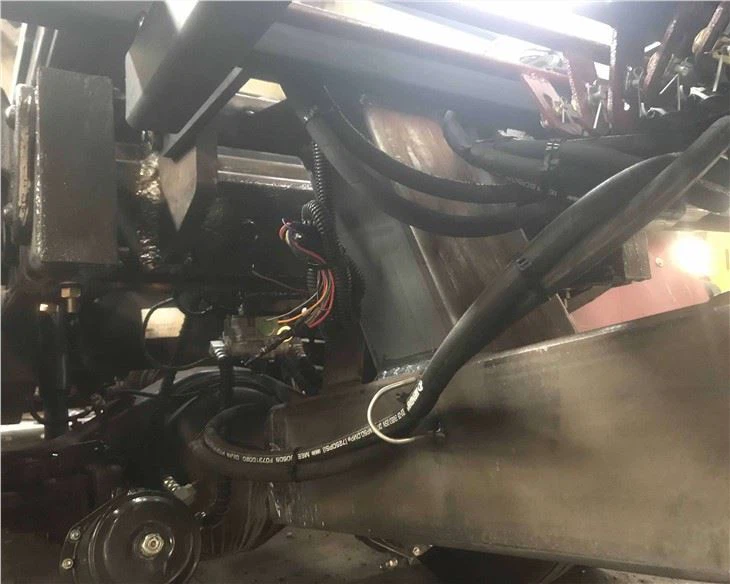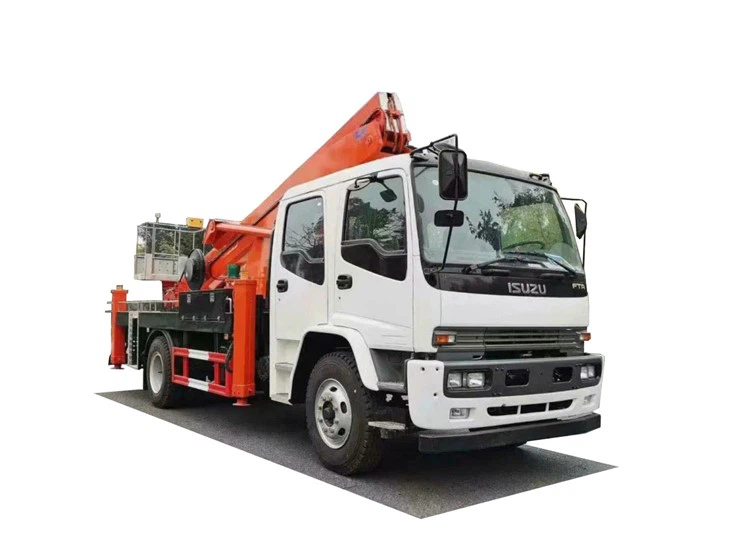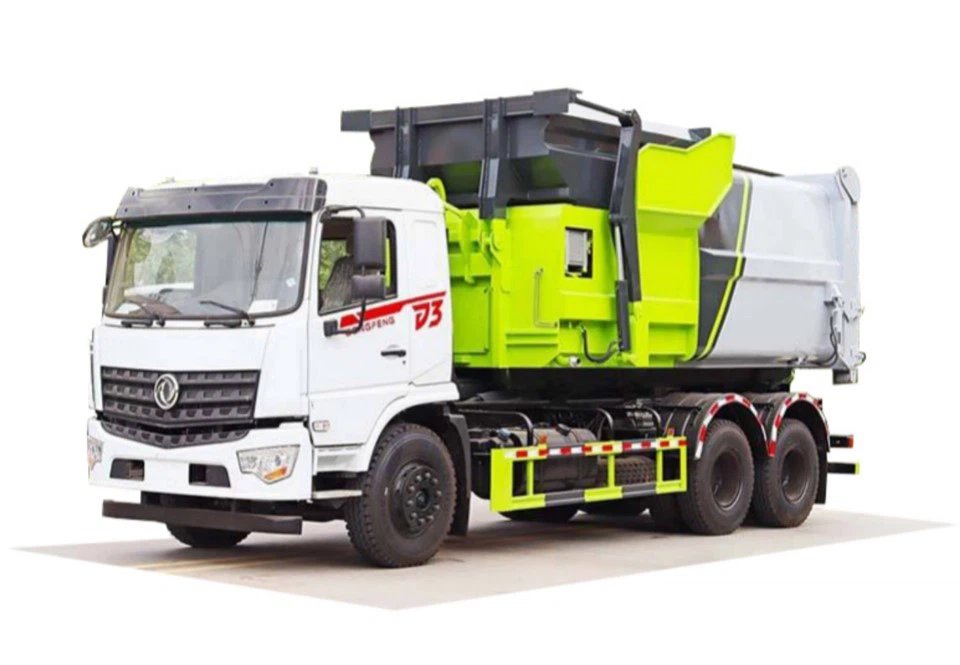Understanding Retarder Brakes: Enhancing Safety and Efficiency

Retarder brakes are essential components in modern vehicular technology, especially in heavy-duty trucks and buses. They play a crucial role in enhancing vehicle safety and efficiency while providing drivers with advanced braking control. This article delves into the intricacies of retarder brakes, their applications, benefits, and practical examples, ensuring that both enthusiasts and professionals can gain a comprehensive understanding of this vital braking system.
What is a Retarder Brake?
A retarder brake is a supplementary braking system designed to slow down a vehicle without straining the traditional service brakes. Unlike standard brakes that rely solely on friction, retarders utilize various mechanisms—like hydraulic, electric, or even exhaust— to reduce speed efficiently. These systems are paramount for heavy vehicles that frequently encounter steep descents or heavy loads, as they help maintain control and prevent brake overheating.
Types of Retarder Brakes
1. Engine Retarder
Engine retarders harness the engine’s own power to reduce vehicle speed. By altering the engine’s operation, they can achieve significant deceleration without relying solely on the service brakes. This type often uses a compression release mechanism that enables engine braking.
2. Hydraulic Retarder
Hydraulic retarders depend on hydraulic fluids. When the brakes are engaged, they create resistance within the hydraulic system, effectively slowing the vehicle. This component is typically used in larger trucks and buses.
3. Exhaust Retarder
Exhaust retarders work by restricting the exhaust flow from the engine. This system creates back pressure in the engine, leading to deceleration. It is often combined with engine retarders in heavy-duty vehicles for enhanced braking capability.
How Do Retarder Brakes Work?
Retarder brakes function by employing various principles of physics and mechanics. Each type of retarder brake operates differently but shares one common goal: to slow down the vehicle effectively.
Working Mechanism
Engine Retarder Operation
When the driver takes their foot off the accelerator, the engine’s combustion process is altered. The exhaust valves open before the piston reaches its bottom dead center, allowing the engine to work against the vehicle’s motion, thus slowing it down.
Hydraulic Retarder Operation
In a hydraulic retarder, the vehicle’s drive line is connected to a hydraulic pump. When activated, this system circulates hydraulic fluid through a resistance chamber, resulting in a deceleration effect.
Exhaust Retarder Operation
An exhaust retarder restricts the exhaust gas flow, causing increased pressure on the pistons. This resistance slows down the engine’s cycle and, subsequently, the vehicle’s movement.
Benefits of Retarder Brakes
The benefits of implementing retarder brakes in vehicles are extensive. Here are some key advantages:

Enhanced Safety
Retarder brakes significantly reduce the risk of brake fade—a phenomenon that can occur when traditional brakes overheat. This enhances overall vehicle safety, especially on steep descents.
Improved Brake Longevity
By taking the load off standard brakes, retarders help prolong the life of brake components. This means fewer repairs and lower maintenance costs over time.
Fuel Efficiency
Using retarder brakes can contribute to better fuel efficiency. By reducing reliance on service brakes, the engine runs with greater efficiency, especially on long downhill routes.
Applications of Retarder Brakes
Retarder brakes find application in various vehicles, particularly where stopping power is essential for safety and efficiency.
Heavy-Duty Trucks
In heavy-duty trucks, retarder brakes are vital for managing loads efficiently, especially when traveling downhill. These trucks often carry significant weight, making effective braking crucial.
Buses
Buses equipped with retarder brakes ensure passenger safety by providing reliable stopping power, particularly in urban environments with frequent stops and starts.
Specialty Vehicles
Retarder brakes are also advantageous in specialty vehicles like fire engines and tow trucks, where quick and safe halting abilities are needed.
Practical Examples of Retarder Brakes
Understanding real-world applications can provide insight into the effectiveness of retarder brakes.
Example 1: Long-Distance Trucking
A long-haul truck driver, traversing a mountain range, frequently engages the engine retarder while descending steep grades. This minimizes brake wear and ensures the vehicle maintains control, crucial for preventing accidents.
Example 2: City Bus Operations
A city bus, equipped with a hydraulic retarder, experiences frequent stops and starts throughout the day. Because of the retarder, the bus’s service brakes face less stress, resulting in longer maintenance intervals and reduced operational costs.
Choosing the Right Retarder Brake
Selecting the appropriate retarder brake for a vehicle depends on several factors. Here are some tips:
1. Assess Vehicle Type and Use
Identify the type of vehicle and its primary use, whether it’s heavy-duty, bus transit, or specialty work. Each application may require different braking specifications.
2. Consider the Terrain
If the vehicle routinely operates in hilly or mountainous areas, a robust retarder system will be more beneficial to ensure safety and efficiency.
3. Evaluate Maintenance and Costs
Analyze the costs associated with each type of retarder brake, including installation, maintenance, and potential savings from reduced brake wear.
Maintenance Tips for Retarder Brakes

1. Regular Inspections
Conduct regular inspections of the retarder brake system to check for wear and tear. This ensures that any potential issues can be addressed promptly.
2. Fluid Checks for Hydraulic Retarders
For hydraulic retarders, it’s crucial to monitor fluid levels and quality regularly. Change the fluid per manufacturer guidelines to maintain optimal performance.
3. Educate Drivers
Train drivers on the proper use of retarder brakes. Understanding when and how to use these systems effectively can prevent unnecessary wear and enhance overall vehicle performance.
Retarder Brake FAQs
1. What is the main purpose of a retarder brake?
The primary purpose of a retarder brake is to supplement the vehicle’s braking system, enhancing safety and prolonging the lifespan of standard brakes. It helps control speed without relying solely on the service brakes.
2. Can retarder brakes work in any vehicle?
Retarder brakes are best suited for heavy-duty vehicles, such as trucks and buses. While they can be fitted in lighter vehicles, they are not typically necessary or beneficial.

3. How do I know if my vehicle needs a retarder brake?
If you frequently drive in hilly terrains or regularly carry heavy loads, a retarder brake may be advisable. Consult with a vehicle technician for personalized recommendations.
4. Are retarder brakes more efficient than traditional brakes?
Yes, retarder brakes are generally more efficient in preventing brake fade and reducing wear on standard brake components, making them a preferred choice in heavy-duty applications.
5. What maintenance is required for retarder brakes?
Regular inspections, fluid checks for hydraulic systems, and educating drivers on proper use are essential maintenance practices to ensure retarder brakes function effectively.
6. Is installation of a retarder brake complicated?
Installation can vary in complexity based on the vehicle type and existing brake systems. It’s advisable to have the installation performed by professional technicians to ensure proper functionality and safety.
